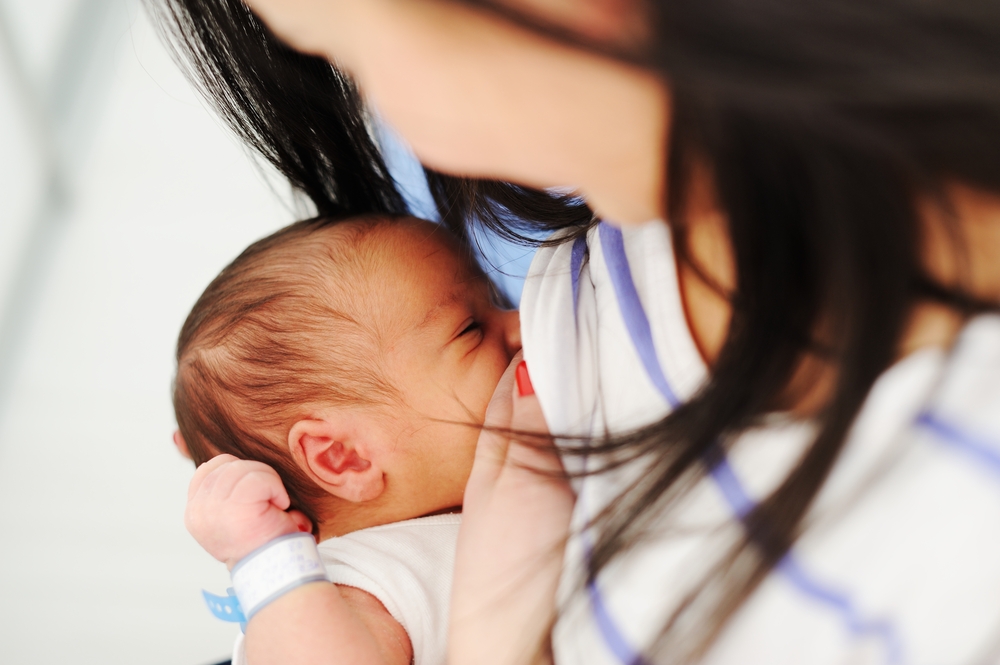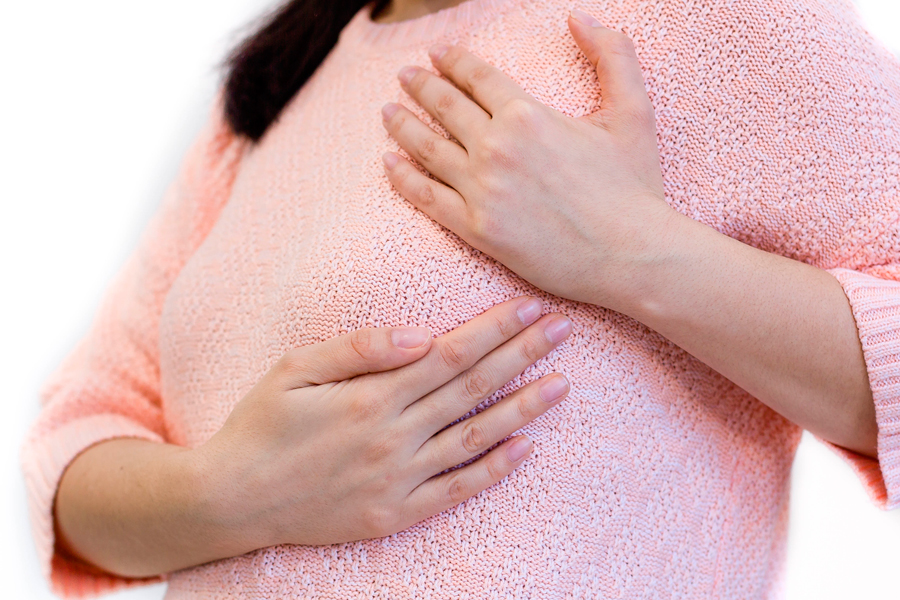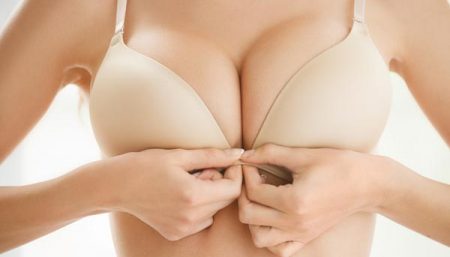
A painful white, clear or yellow dot on the nipple or areola, more common in nursing mothers is simply nothing but a milk blister. It occurs when a tiny bit of skin overgrows a milk duct opening and milk backs up behind it, causing pain & inflamation. It might persist for weeks or days & heal when the skin peels away from the affected area. They’re often caused by oversupply, or problems with the latch.
They are often caused by:
- An improper latch
- Shallow sucking
- Breast-feeding at the wrong angle
Other causes include too much milk supply, or a yeast or bacterial infection. Wearing a bra that is too tight or that rubs uncomfortably on the nipple can also be a cause.

Prevention:
- Baby Position while Feeding: Try holding the baby at the side of the body (a football hold) or across the front of the body (a cradle hold) to minimize pressure.
- Cleaning the nipples after feeding: Wipe the nipple with a moist cloth to remove milk from the breast and prevent clogged pores.
- Stay Hydrated: Drink at least 8 glasses of water a day to encourage milk flow and prevent dehydration.
- Always Wear a Comfortable bra: A Tight-fitting bra, or ones made from synthetic materials, can irritate the nipple and contribute to milk blister formation. Choose your sleepwear designed especially for nursing mothers & make use of breast pads .
- Milk Oversupply: An excess supply of milk occurs when a baby is not latching effectively, or when a mother switches sides before the first breast is drained. Routine or frequent pumping also causes oversupply. A lactation consultant can help with milk supply issues.

- Treating thrush quickly: Thrush is a medical condition in which a yeast-shaped fungus overgrows in the mouth and throat. Seek medical treatment for breast infections before they can cause milk blisters and other complications.
- Speak with a Lactation Consultant: If you have become a mother for the first time or otherwise also reach out to a professional help if your baby seems unable to latch onto the nipple correctly. Hospitals and other organizations provide breast-feeding advice.
Recommended treatment for a milk blister consists of four steps: applying moist heat prior to nursing, clearing the skin from the milk duct, nursing or pumping with a hospital-grade pump, then follow up with medication to aid healing. You may need to repeat this for several days (or longer) until the plugged duct opening stays clear.
For more input consult a doctor.
Disclaimer
The Content is not intended to be a substitute for professional medical advice, diagnosis, or treatment. Always seek the advice of your physician or other qualified health provider with any questions you may have regarding a medical condition.


